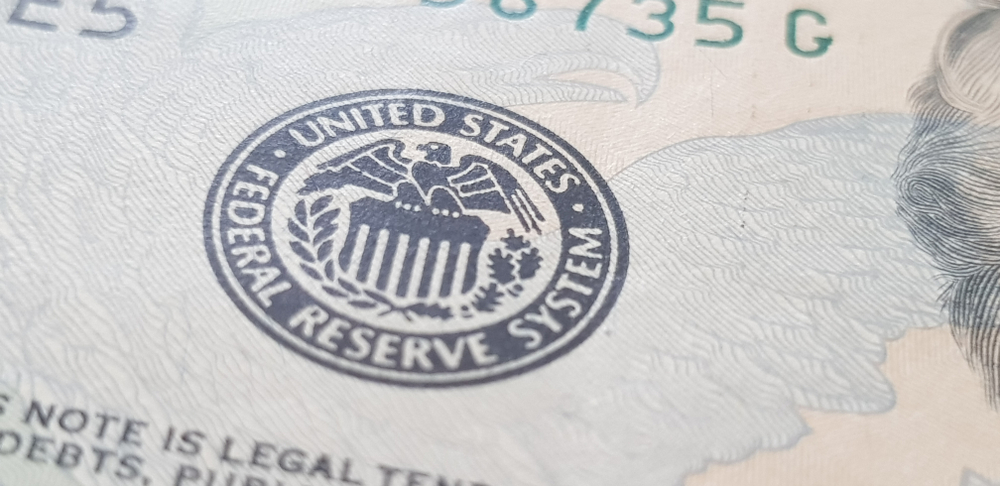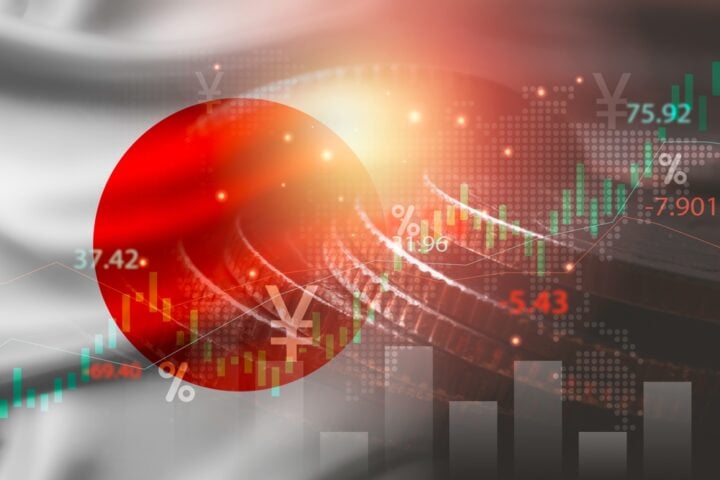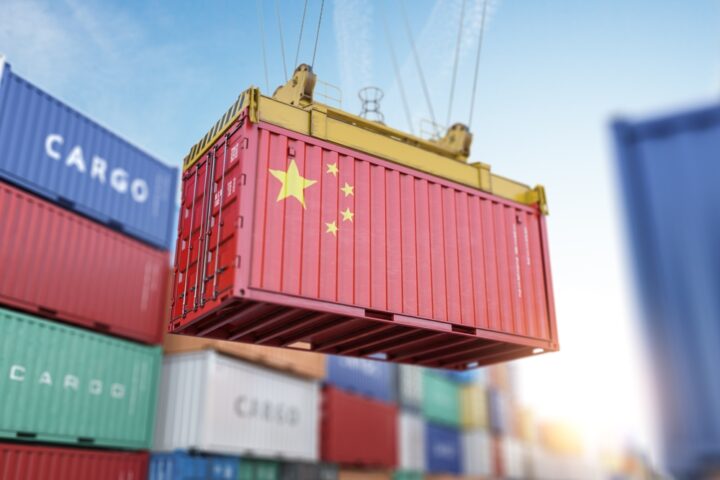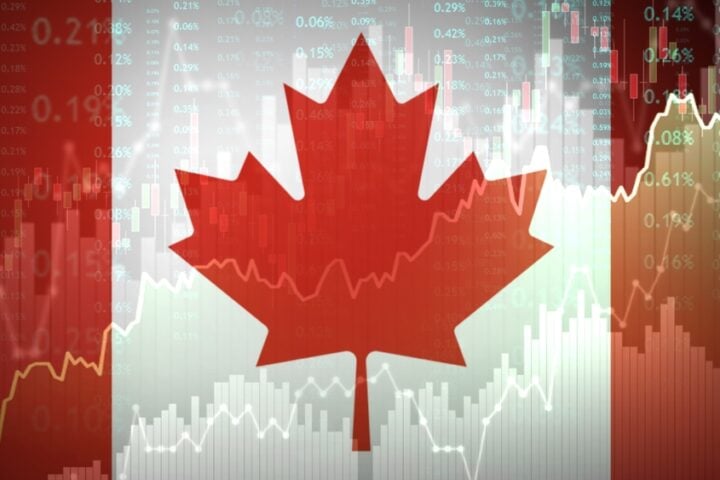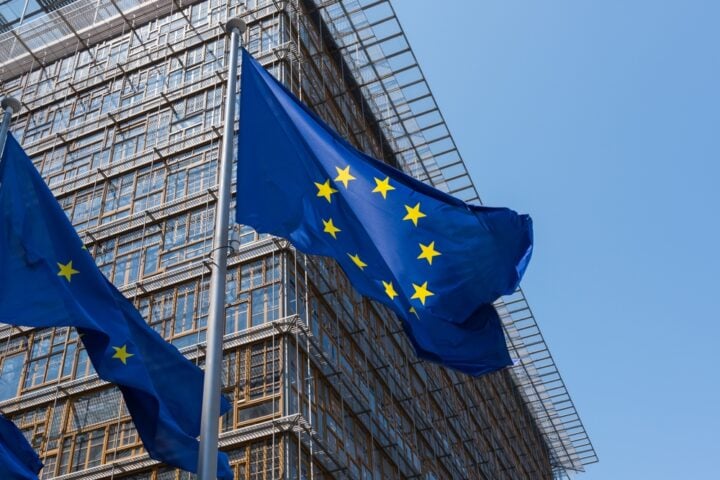rThis week, Jerome Powell made one thing crystal clear: investors shouldn’t expect a quick fix from the Federal Reserve. In an appearance at the Economic Club of Chicago, the chair of the Fed directly addressed the growing uncertainty in the markets and delivered a stark message to investors hoping for near-term intervention. With the U.S. economy navigating a period of high volatility fueled by President Trump’s tariffs, Powell emphasized that the Fed would not be rushing to lower interest rates or step in to stabilize the bond market anytime soon.
Fed Chair’s Bold Response: “No Fed Put” for the Stock Market
The pivotal moment came when professor Raghuram Rajan of the University of Chicago Booth School of Business asked Powell whether investors could count on a “Fed put”—a term used to describe the idea that the Federal Reserve would step in to prevent a market downturn. Powell’s response was definitive: “I’m going to say no.” This marked a clear rejection of the idea that the Fed would rush to the rescue, signaling to the markets that they would need to weather the storm on their own. His blunt answer served to dispel any lingering hopes that the central bank might act swiftly to cushion the blow from the ongoing market turmoil.
The current volatility in the markets has been driven largely by the uncertainty surrounding President Trump’s trade policies, particularly the rising tariffs on goods. Powell acknowledged that while markets are facing a high degree of uncertainty, they are functioning as expected during such periods of instability. This message, however, seemed to pour cold water on speculation that the Fed might step in to restore calm by providing liquidity to the bond market, which had been rattled in recent weeks.
Bond Market Turmoil and the Fed’s “Orderly” Approach
Last week, yields on long-term debt soared, prompting concerns that the Fed might need to intervene to stabilize the bond market. The speculation was fueled by investors unwinding positions, and there were growing predictions that the central bank would provide liquidity to help ease the pressure. However, Powell remained steadfast in his belief that the bond market remained “orderly,” despite the recent turmoil. He attributed the market fluctuations to what he called a “historically unique development”—the uncertainty caused by the ongoing tariff situation. Powell’s assurance that the bond market had settled down this week only added to the sense that immediate intervention would not be necessary.
Rate Cuts Are Off the Table, for Now
While Powell was clear about his stance on market interventions, he also addressed the growing calls for the Fed to lower interest rates. Investors and even President Trump had hoped that the central bank would take action to prevent a potential downturn or offset the inflationary effects of the tariffs. However, Powell dashed these hopes by stating that the Fed would “wait for greater clarity” before considering any rate adjustments. He acknowledged that the tariffs could generate higher inflation and slower economic growth but stressed that the Fed would not make hasty decisions in the face of such uncertainty.
The Fed’s Cautious Approach in a Volatile Market
As the markets continue to grapple with the fallout from Trump’s tariffs, Powell’s message serves as a reminder that the Fed is unlikely to provide the quick fix that many investors may have hoped for. With uncertainty looming over the economy, particularly in light of the ongoing trade tensions, Powell and the Fed appear content to take a wait-and-see approach, monitoring the situation before making any major policy changes. For investors, this means that the road ahead may remain bumpy, with volatility likely to persist as they navigate through the uncertainty of the current economic climate.
Fed’s Restraint in the Face of Uncertainty
Jerome Powell’s remarks this week made it clear that the Federal Reserve is not rushing to intervene in the markets, despite the uncertainty caused by President Trump’s tariffs. The central bank will wait for more clarity before making any decisions regarding interest rate cuts, and it will not provide the immediate support that some investors may have been hoping for. As markets continue to deal with the fallout from trade policies, the Fed’s cautious stance suggests that the coming months will be marked by heightened volatility, and investors will have to rely on their own strategies to weather the storm.


